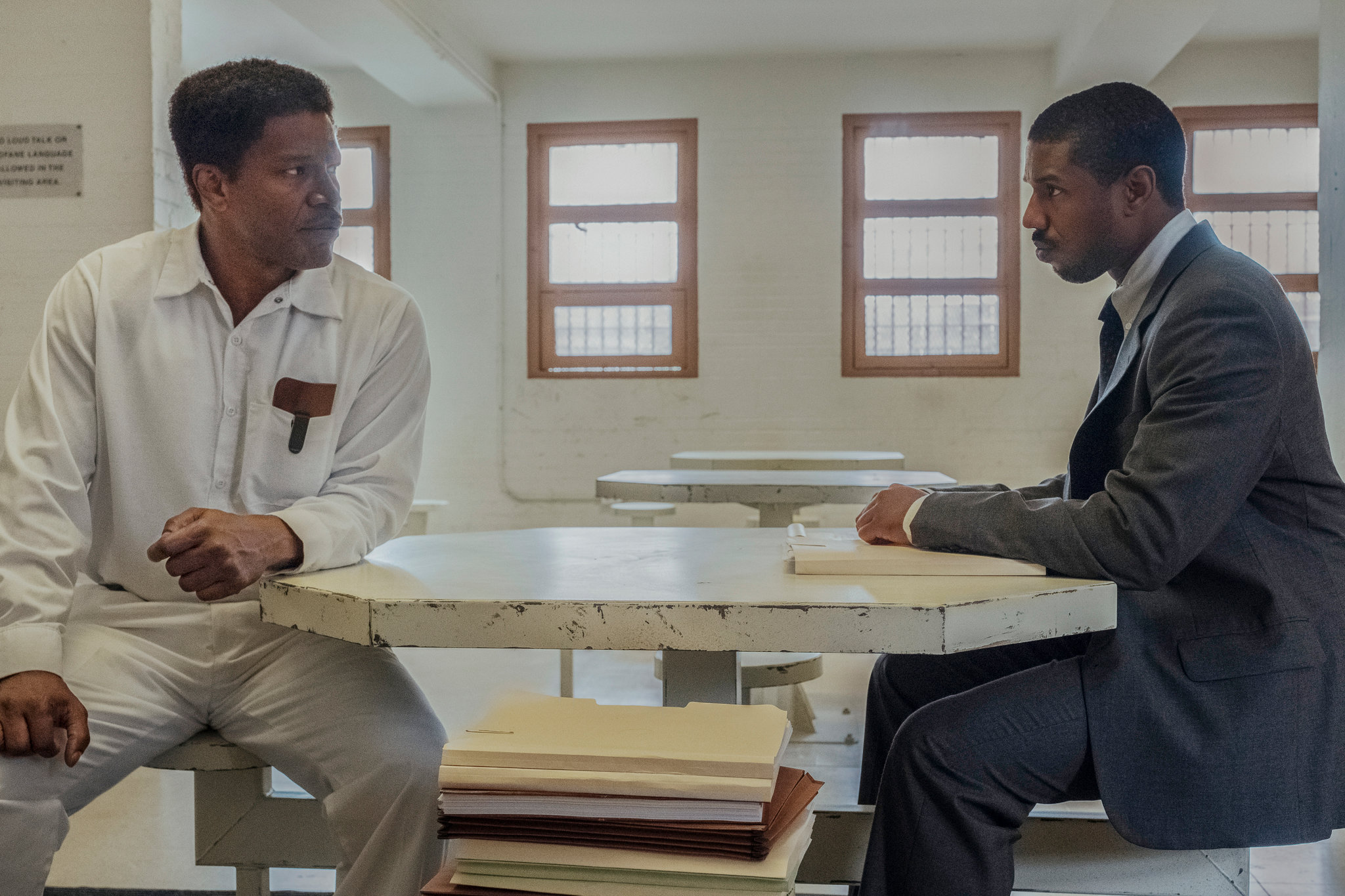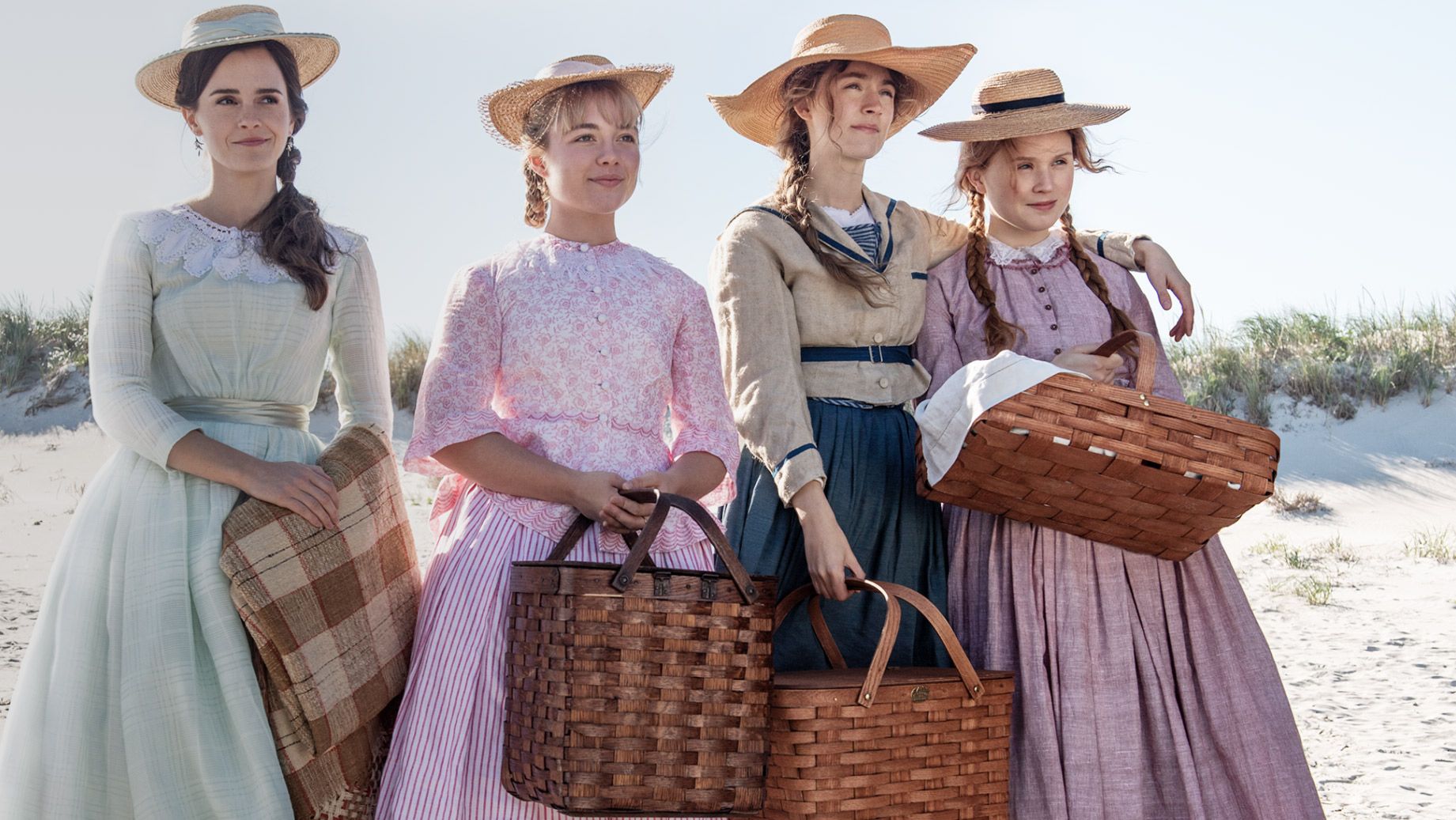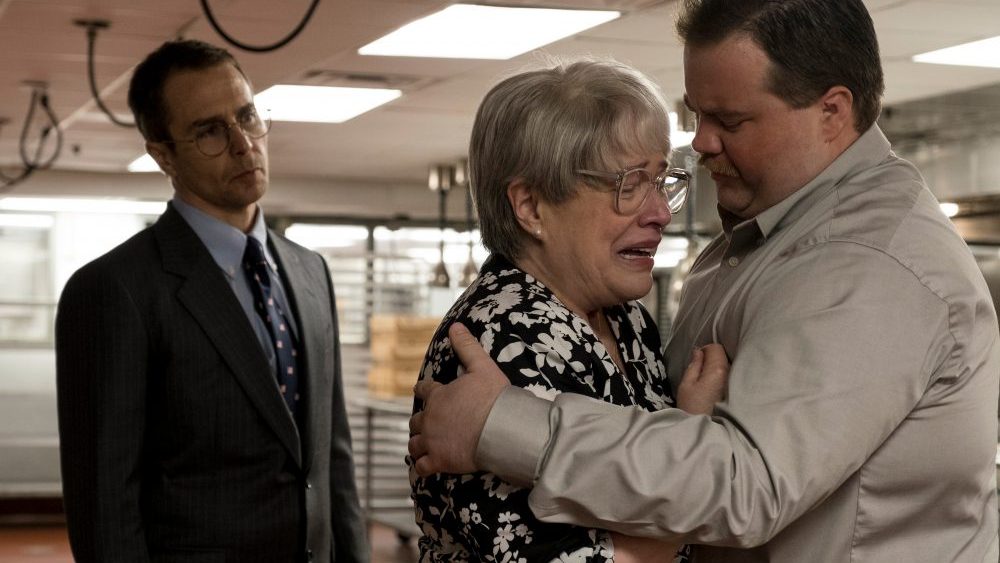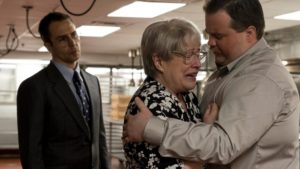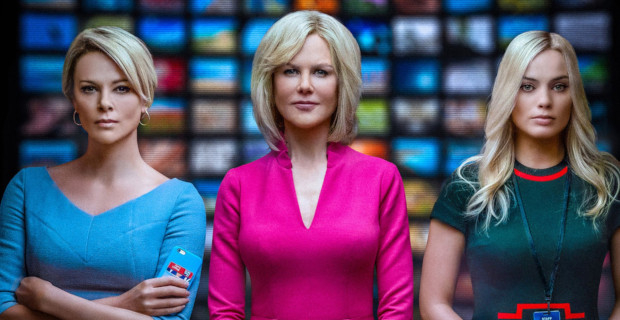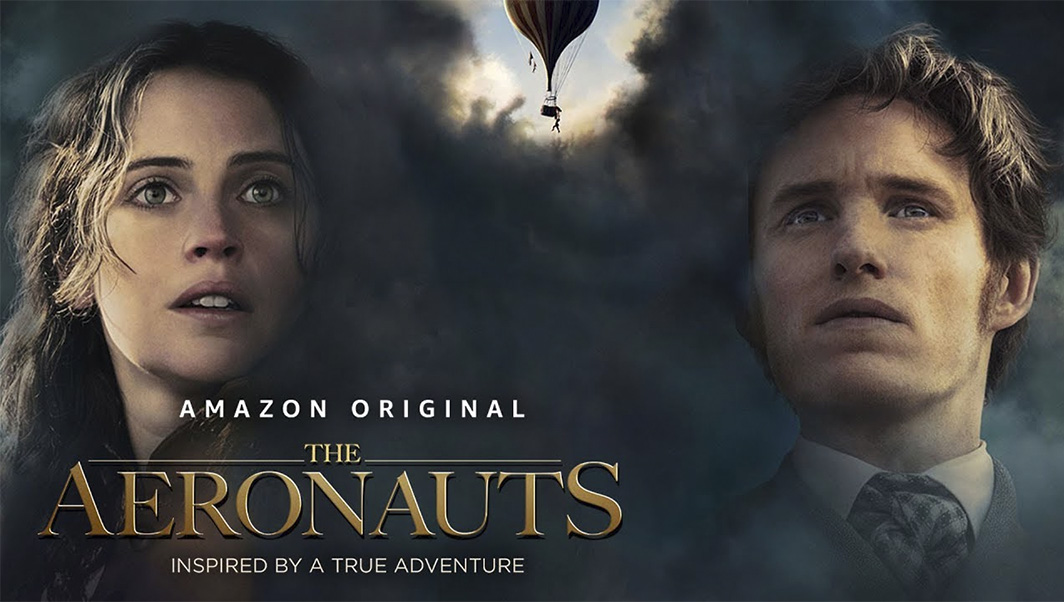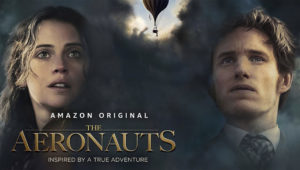Just Mercy
Posted on January 9, 2020 at 5:26 pm
B +| Lowest Recommended Age: | Middle School |
| MPAA Rating: | Rated PG-13 for thematic content including some racial epithets |
| Profanity: | Strong language including n-word and other racist terms |
| Alcohol/ Drugs: | Social drinking, smoking |
| Violence/ Scariness: | References to violent crimes, non-explicit depiction of an execution |
| Diversity Issues: | A theme of the movie |
| Date Released to Theaters: | January 10, 2020 |
| Date Released to DVD: | April 13, 2020 |
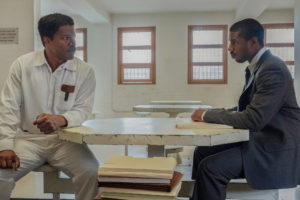
The third 2019 awards season story based on a real-life lawyer stars producer Michael B. Jordan as Bryan Stevenson, the founder of the Legacy Museum (sometimes referred to as the Lynching Museum) and National Memorial for Peace and Justice. The movie shows him as a young graduate of Harvard Law School who moved to the small town where Harper Lee wrote To Kill a Mockingbird. Like Lee’s Atticus Finch, Stevenson defends those who were unfairly accused. He established the Equal Justice Initiative. The only other staff was a local woman named Eva Ansley (Brie Larson). Stevenson began helping men on death row at no cost.
The local community, especially law enforcement, did not like having old cases re-opened and weaknesses of evidence and exposed. The hostility and obstruction seemed insurmountable. But Stevenson was undaunted. Unlike most heroic lawyers in movies (and real life), this story does not have family members complaining that he is working too hard or a love interest who feels neglected. Stevenson does not lose his temper or feel like giving up. The great gift of this movie is what sometimes, if you are not watching carefully, may make it seem like its pilot light is turned down too low. This movie does have some rousing moments (and some sad ones) but it does not follow the usual courtroom underdog stories that make the intricacies of the judicial system follow the beats of a feel-good sports story.
Jordan is that rare performer who is a superb actor and a full-on movie star. After his electrifying appearance in “Black Panther,” he shows his range as a lawyer whose only superpowers are his integrity and his constant courtesy toward everyone he deals with. client, friend, and foe. The quiet power of the respect he shows to his clients is critical to gaining their trust and to restoring their sense of dignity in a system that has done its best to take it from them. And it is wisely given as much weight here as any revelation of evidence or legal right left out of the original proceedings.
Director and co-writer Destin Daniel Cretton also treats Stevenson’s clients with respect, with an outstanding performance by Jamie Foxx as Stevenson’s first significant client. It’s a quieter role than we have seen him in for a while, and his subtle work here is extraordinary, telling us the whole history of a man who has never been able to expect fairness for himself or his family. Rob Morgan plays another prisoner, performed with heartwrenching simplicity and delicacy to bring home to us what brought Stevenson to devote his life to this cause.
Parents should know that this movie concerns men on death row and abuses of the justice system. It includes some strong language, including racist epithets, and references to sexual assault and violent crime an a non-explicit depiction of an execution.
Family discussion: Why was it important for Stevenson to address his clients and their families as Mr. and Mrs.? What kept him from giving up?
If you like this, try: Bryan Stevenson’s book and TED Talk, and documentary

